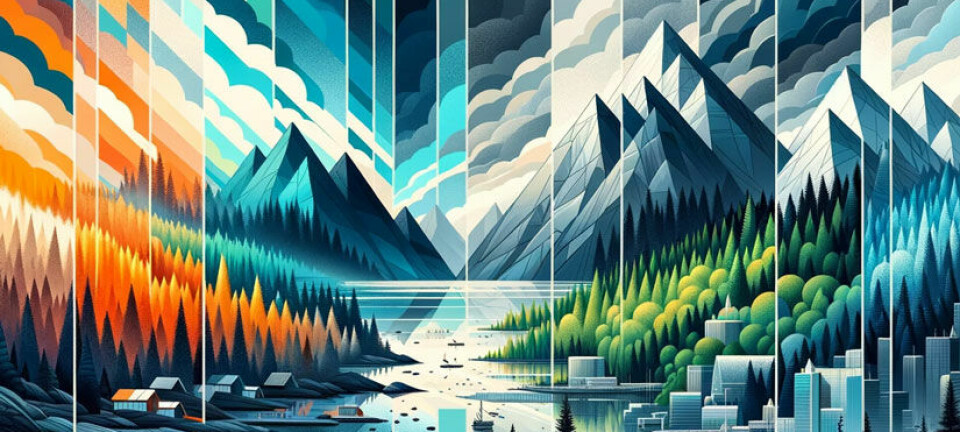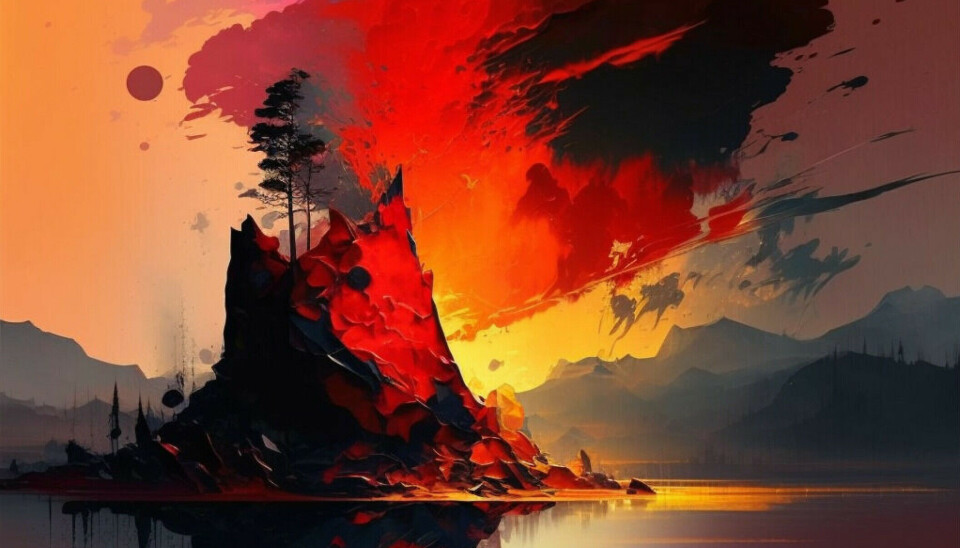
People liked AI art – when they thought it was made by humans
But people were bad at assessing whether images were made by artificial intelligence or an artist.
Artificial intelligence has amazed people with its ability to create detailed images of what you ask for in seconds.
The images can be colourful, decorative, and nice to look at.
People like images created by artificial intelligence (AI), especially when they believe the images were created by humans.
This is shown by Simone Grassini and Mika Koivisto in a new study published in Scientific Reports.
Some individual characteristics were linked to a more positive view of AI-generated art.
Online survey
The researchers selected 20 works created by artists in five genres, including Cubism and Impressionism. The works were not well-known.
They then asked the image generator Midjourney to create 20 images in the same genres.
About 200 people participated in an online survey. They were asked to rate how much they liked the images.
Participants also stated to what extent the images triggered positive emotions and whether they believed the images were created by artificial intelligence or a human.
Participants also answered questionnaires that addressed their personality, empathy, and attitudes toward technology.

Fell for the AI images
It turned out that people were not very good at assessing which images were made by artificial intelligence and which were made by humans.
Participants often believed that the AI images were created by humans and that the genuine artworks were made by AI.
People had a clear tendency to prefer the AI images, and felt they gave them more positive feelings.
“I wouldn’t take this result too seriously," says Siomone Grassini, who conducted the study with Koivisto.
Grassini is a psychologist and researcher at the University of Bergen and the University of Stavanger, and is interested in how people interact with artificial intelligence.
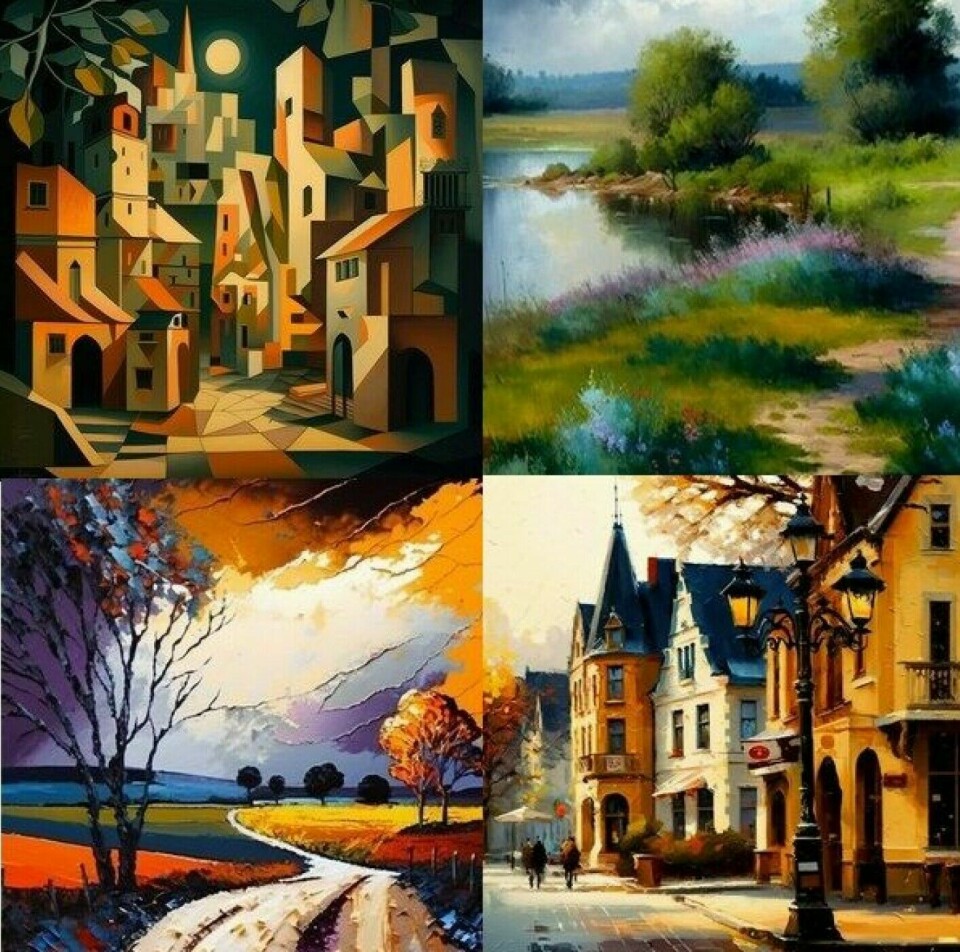
Not a completely fair comparison
Grassini points out that since the researchers themselves selected the artworks, they might have chosen less appealing works without meaning to.
Image noise was added to the AI-generated images to make them more similar to the human artworks. This was done because the AI images had better resolution and were more colourful.
The images of the genuine artworks were cropped to a square format and were thus not shown as the artist had intended.

One reason people liked the AI images better might be that people think they recognise them, according to Grassini. He has unpublished data suggesting this.
People believe they have seen AI images before to a greater extent than unknown, genuine artworks.
“It's probably because the AI images look like a lot of art that people see, since AI images are based on art made by humans. The AI images are very average because they are the average of all art," he says.
Images believed to be AI-generated were rated as uglier
The most important result of the study is about something else.
Participants gave poorer ratings to images they thought were created by artificial intelligence.
“It seems that where the image actually comes from doesn't matter, rather what people believe is what governs their feelings. The objective quality doesn’t seem to be that important,” says Grassini.
“When participants thought that an image was made by AI, it was regarded as uglier and of lower emotional value, regardless of where it came from. When the image was assumed to be made by a human, it was considered more beautiful and as having a higher emotional value.”
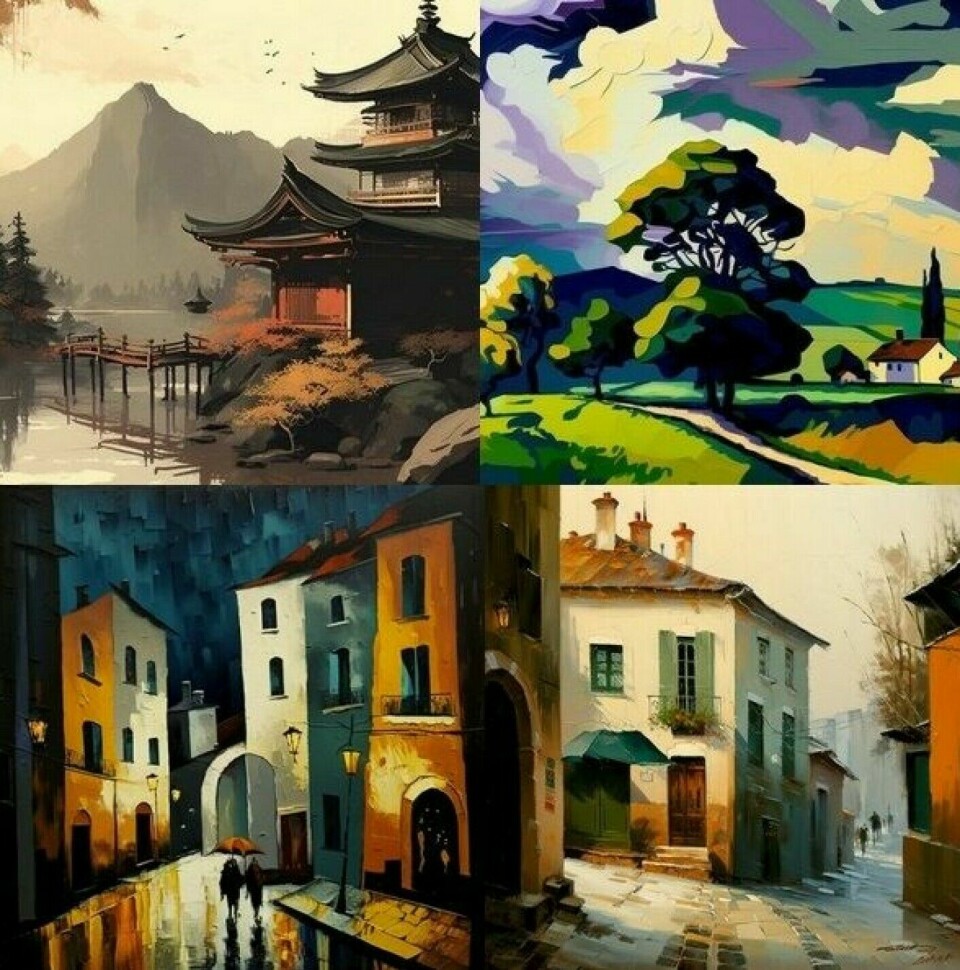
People want a backstory
This study finding does not surprise Alinta Krauth. She is an artist and senior lecturer in digital culture at the University of Bergen.
“Many peoples and cultures have a deep personal connection to art and see creativity as something uniquely human,” she writes in an email to sciencenorway.no.
"Society wants to hold on to creativity as our special trait because it makes us feel different from other species. This makes us want to fight for it," she writes.
Creativity is often attributed to coming from an artist’s personal experience, she continues.
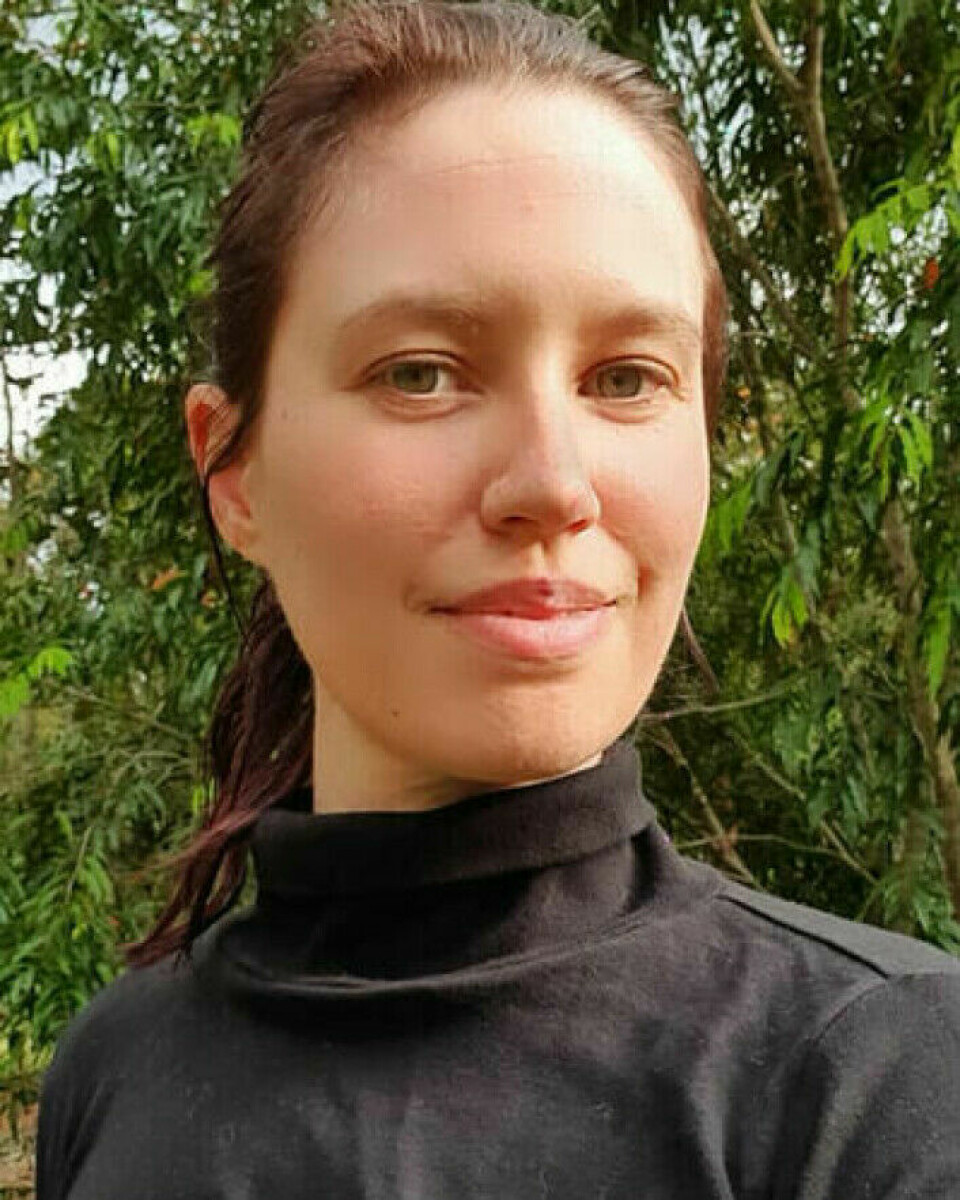
“People want art to have a backstory – which can be more difficult to achieve if the public believes that a work is entirely machine-made,” she writes.
Krauth points out that being creative and making art that is well-liked can certainly overlap, but they are not the same.
“Machines can produce visual products that people find aesthetically pleasing without being inherently creative,” she writes.
This is especially the case when a machine is trained to follow the many rules humans have established for what we find aesthetic, according to Krauth. AI can reproduce genres, styles, or ideas. Therefore, the audience should not feel ashamed of liking an image created by AI.
Personality traits played a role
The researchers found two personal traits in particular that influenced participants’ impression of images they believed were generated by AI: A positive attitude towards technology and being open to new experiences.
"The more positive attitude people had towards technology, the more beautiful they found the images they assumed were made by AI," says Grassini.
But these images were still less liked than images assumed to be made by humans.
“Another predictive factor was the personality trait of openness to new experiences. We found that people who are more open to new experiences tend to rate AI art more favourably compared to people who scored low on this trait,” he says.
The researchers had initially thought that this trait would yield the opposite finding. People who score high on this personality trait are often also artistic, and the researchers imagined that they might perceive AI art as a threat.
“But the opposite turned out to be true. The explanation we give is that people who are open to experience like to try new things. This is something new, so they like it more than other people might,” says Grassini.

More and more alike
Grassini says studying this topic is important because a lot of things will eventually be AI-generated.
“AI products will become more and more similar to things made by humans. What we're seeing now is that it doesn't really matter whether art is human or not, but whether it's believed to be made by a human or not," he says.
“Customer service created by AI might be perceived as worse, not because it’s objectively worse, but just because it's degraded as something created by AI.”
Grassini is open to the possibility that these attitudes could change over time.
He does not think that AI will be a threat to good artists, but that it could be more difficult for people who are at a low level to break through.
AI can also be used by artists, says Grassini. Maybe they’ll use it as inspiration. Or it could become a trend to use AI images as a starting point and modify them, so that they become more specific and connect more with people.
New genres and forms of expression
Krauth says that the last thing she wants is a future where machines create poetry and art while humans are left to do labour-intensive tasks.
“This is the opposite of the utopia we were promised where AI would accommodate people and give us time and space to be creative,” she writes.
But she does not believe this will be the future. She compares the fear of AI to when digital art tools like Adobe and Macromedia came out.
“There was a clear concern that digital art would replace traditional art forms. What we’ve seen instead is that digital art has simply formed its own series of interesting genres and that traditional art is still as widespread as ever," she writes.
“Over time, I hope AI becomes a similar tool in the digital toolbox, by creating new artistic genres, aesthetics, and forms of expression around it, while other genres and tools remain as relevant as always."

Used AI in her own art
Krauth uses digital tools in her art. Her works contain sound, animation, images, and elements that the audience can interact with.
She reminds us that artificial intelligence is much more than a handful of websites offering image generation.
"It's this broader world of artificial intelligence that I think artists should look into and find interesting," she writes.
Krauth has recently been in Spain and installed an exhibition with her colleague Jason Nelson, where AI is an important part of the exhibition.
She has also used AI in her work The (m)Otherhood of Meep, which is opened with a smartphone, and in which AI is trained to learn to recognise bat sounds.
“When the work hears the correct vocalisation, content created by me appears on the screen. I think this is a good example of how artists can integrate AI into their work in ways that allow them to create the seemingly impossible, instead of replacing their own role as artists,” Krauth writes.
Reference:
Grassini, S. & Koivisto, M. Understanding how personality traits, experiences, and attitudes shape negative bias toward AI-generated artworks, Scientific Reports, vol. 14, 2024. DOI: 10.1038/s41598-024-54294-4
———
Translated by Ingrid P. Nuse
Read the Norwegian version of this article on forskning.no








